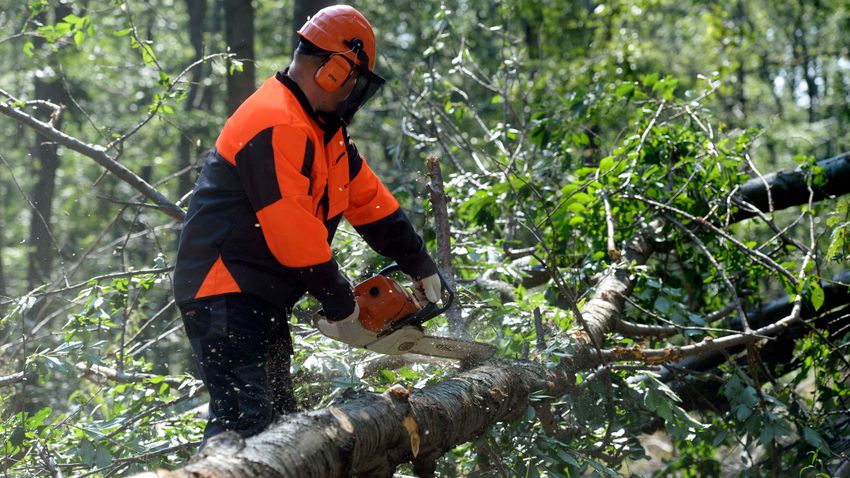Hungary's forests and tree populations are not in danger , the Climate Policy Institute writes in its study. The analysis shows the intention behind the government's measures to protect the security of the domestic population's energy supply. In addition, he categorically refutes the claims that serious environmental damage would occur as a result of the cabinet's decision.
The goal of the government is to ensure affordable firewood and prevent the development of price speculation by announcing the decree on logging, reads the analysis published by the Climate Policy Institute. As explained in the article published on their website,
In Hungary, solid fuel (firewood, pellets, biobriquettes, lignite, coal) is still the second most widely used fuel in households after natural gas. This means nearly four million people.
This type of stove is used most often in small settlements, three-quarters of the households here heat it. The authors of the analysis note: due to the rise in the price of natural gas, the sudden increase in demand resulted in the inability to keep up with the demands. Because of this, a collective distrust of customers has developed, because the price of firewood in Hungary has always been speculative and followed the changes in the price of natural gas. Thus, the government's energy emergency measures would be impossible, since firewood would not be significantly cheaper than natural gas, which would ultimately lead to supply disruptions. The cabinet obviously wants to avoid this and has examined all energy supply scenarios in detail, the analysis reads.
An essential element of the expert analysis is the finding that the firewood potential offered by Hungarian forests is far from being used.
i.e. we did not produce the amount that we could have safely done even with sustainable forest management.
The article quotes József Luzsi, the president of the National Association of Hungarian Forest Owners and Farmers, according to whose statement, the timber of our country's forests increases by 13 million cubic meters per year, so this is the maximum logging potential without jeopardizing sustainability. In light of this, it is good news that in the last ten years, the forest timber production reached an average of only 7.5 million cubic meters, so the wood stock in the forests increased by around five million cubic meters per year, so
there is enough reserve for the increased production demand.
The analysis notes that the domestic environmental protection organizations were initially unaware of the above facts based on their statements.
The Hungarian representative of the World Wildlife Fund (WWF) mentioned that such a government decision had not been made for decades, but it was not reported that such a situation did not arise, the study adds. It also mentions that the conservationists objected to the cutting down of some native trees, oaks, and groves that provide shade and trap carbon dioxide, but they did not count on the fact that if they do not process the amount of firewood allowed by the annual increase in wood mass, then this could lead to in forest fires, which are becoming more and more common in our country.
Source: magyarnemzet.hu
Author: János Molnár
Opening image: Noémi Bruzák/MTI












